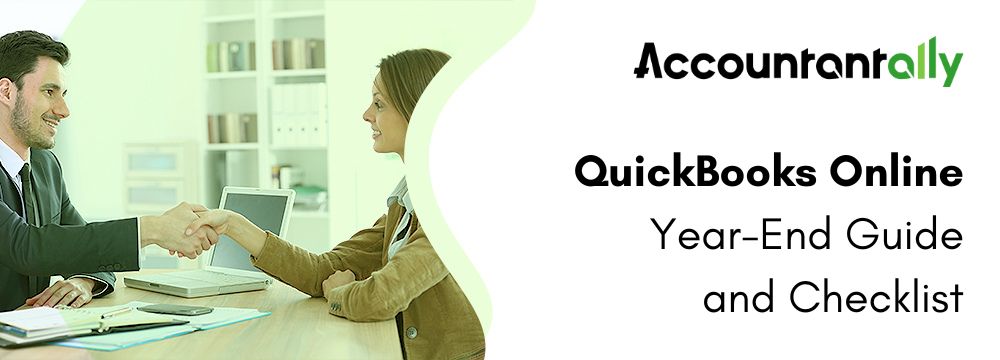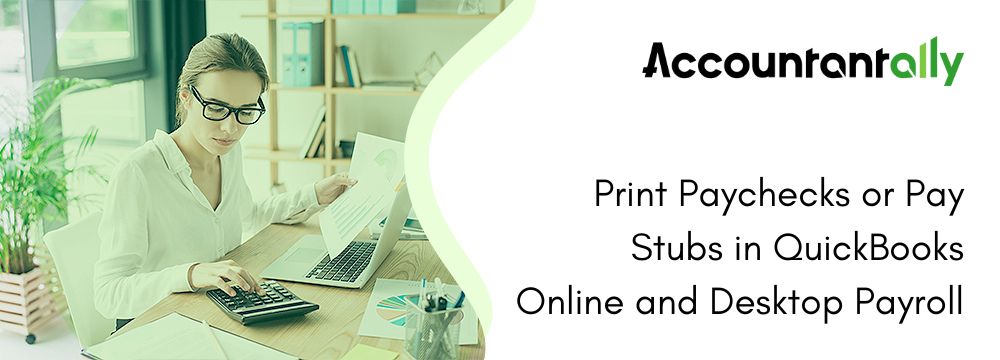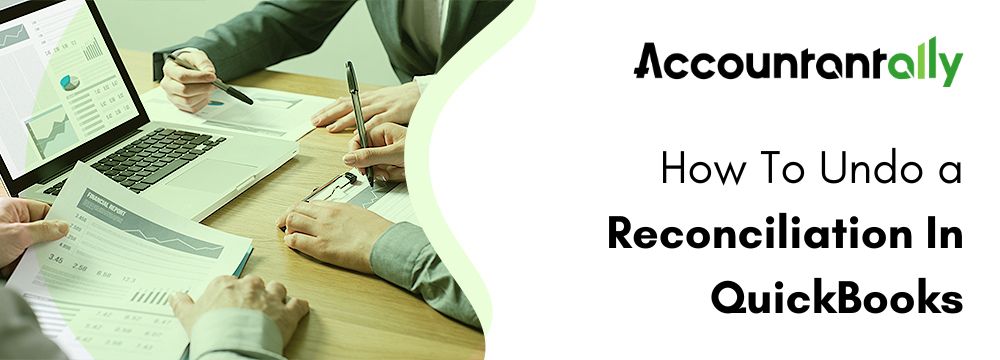Financial years include numerous transactions and entries that are significant for business growth. QuickBooks Online has facilities that allow users to end their previous financial year and prepare a new one. This article will guide you to close the old financial year and open a new accounting year for your business.
Closing an old and opening a new financial year can be complicated because it incorporates several complex balances and income statements. The orderly enclosure of all such information is time-consuming and requires precision. QuickBooks helps complete such grueling tasks easily by certain simple steps. The guide ensures that you balance all your financial transactions and prepare your business for the next accounting year.
What is the Checklist to Open a New Financial Year in QuickBooks Online?
Before opening a new year, reviewing the previous financial year is essential. It shows how well or worse your business had done in the previous year. The inclusion of some previous year balances is necessary for the new year. Moreover, you can only get properly ready for the next year after you completed all the requirements of the previous year. Therefore, reviewing, clearing outstandings, reconciling all reports, distributing profits, and preparing tax returns are essential steps for this task.
So, let us dive into the process!
1. Reviewing the First Month of Your Accounting Year
Checking your financial starting point is necessary. It enables QB Online to clear accounting ledgers while you are busy with other end-of-the-year activities.
- Move to Settings and select Account and Settings.
- Now, choose Advanced to select the ‘Accounting’ section.
- In this section, select edit (shown as a pencil icon).
- Click on the First Month of Financial Year dropdown and enter the month you begin your financial year.
- Click on Save.
- Press Done.
2. Reviewing Customer Account Balances
At the year’s end, checking customer balances is beneficial for you. You need to check whether their information is updated and review outstanding balances if any.
- Navigate the cursor to Reports.
- You will see the ‘Find report by name’ dropdown. There, either select Accounts Receivable aging detail or Accounts Receivable aging summary.
- Now, review the reports and check the customers with outstanding balances, if any.
Note: These reports are only visible in QuickBooks Online Plus and Essentials3. Clearing any Outstanding Deposits
You can clear outstanding deposits from the deposit queue. In case of pending payments in the undeposited funds accounts, you can record and form bank deposits. This action helps orderly and correct recording of the payments account history in the charts of accounts.
Note: QuickBooks includes undeposited funds in the income. Despite that, you must transfer the funds to the account history receiving the deposits or payments.4. Reviewing your Supplier Account Balances
Reviewing and correcting supplier account balances related to outstanding bills, discounts, credits, or products is essential.
- Move to Reports.
- Under the Find report by name dropdown, select either Accounts Receivable aging summary or Accounts Receivable aging detail.
- These reports can only be available in QuickBooks Online Plus and Essentials.
- Now, review the reports and find out if there are any outstanding bills.
- You can pay with both a cheque and bill payments. You can choose any of them to settle the outstanding bills to your suppliers.
Read more: How to Update SUI Rate in QuickBooks Online
5. Reconciling all Accounts
Monthly reconciling of accounts enables correct recording of transactions in QuickBooks. This allows you to get accurate and balanced data at the end of the year and prepare for tax season. You should connect your account to online banking and match and categorize all your downloaded transactions.
- Move the cursor to Settings, and select Reconcile.
- Under the Account dropdown, choose the account you want to reconcile. The account statement and the account must be the same.
- Review the beginning balance, which should be the same as your statement.
- Input the Ending date and Ending balance on your statement.
- Now, review the Last statement’s ending date, which should be the end date of your previous reconciliation.
- Once you are ready, Start reconciling.
6. Running Year-End Reports
Running reports allow users to check discrepancies and issues. You can prepare a management report to check and compare the profit and loss you have made in the year.
- Navigate to Reports and select Management Reports.
- Click on Create Management Reports.
- You will see a field named Template name. Fill the box with the name of the template.
- Enter all the necessary details in the other fields.
- The Report period dropdown includes the dates where you can select the date range you prefer pulling the report form.
- Go to the Reports page, and in the ‘Report’ dropdown select the Balance Sheet option.
- Choose Add New Report, and enter Profit and Loss in the same dropdown.
- Press Save and close.
Note: You must check if the figures in your profit and Loss reports and Balance Sheet match your current net income. You can also check other reports in the same manner.Read more: Why is QuickBooks Online Running Slow
7. Distributing profits from the business as required
To track withdrawals and payments over the year you can set up Owner’s Equity and Draws account. Other than that, you can get assistance from your accountant to distribute retained earnings among your business partners.
8. Preparing your tax returns with the help of an accountant
Accountants are aware of the changes and requirements regarding tax returns and other accounts-specific information. Thus, an accountant can help in managing year-end processes and analyze company data to forecast its financial future. They can also assist in reviewing your books.
You can add your accountant to QuickBooks Online so that they can analyze all company details and have financial information to prepare and file taxes on your behalf.
9. Reclassifying transactions as required
Accountants can also review your company accounts and reclassify transactions accordingly. Once you connect them to QuickBooks Online, they will be able to edit, add, or move from the register and alter the account or the class of the transactions. It will assist you in easily organizing your Balance Sheet and Profit and Loss reports.
10. Closing your books
Once you are done reviewing all your financial data, close your year-end books. Closing the books helps prevent unwanted changes that can affect your financial reports before filing your taxes or the closing date.
Related Topic- QuickBooks Unable to Verify Financial Institution
Final Words
The benefits of QuickBooks Online are many and helps companies to manage their financial accounts and business transactions. Among the many transactional activities, it also helps in filing taxes and analyzing your profits and losses in an accounting year.
The article closely covers the area regarding the year-end closure of the accounts in a financial year and prepares for the new year. However, if you still find it difficult to comprehend, feel free to contact our professionals who will provide you with guidance.
Frequently Asked Questions
No, you can connect only one accountant or an accountant firm to QuickBooks Online.






